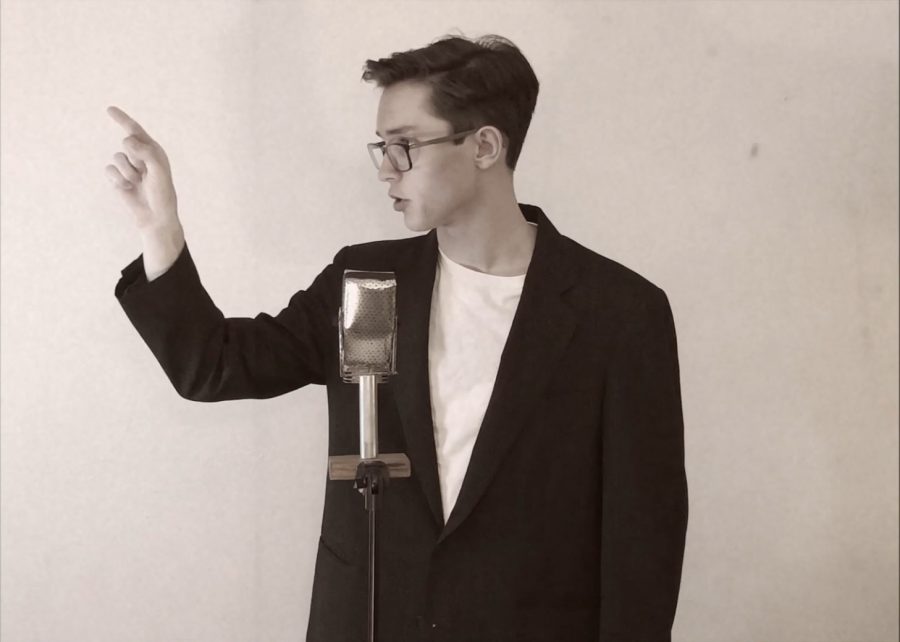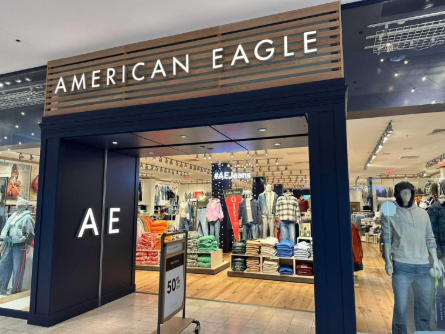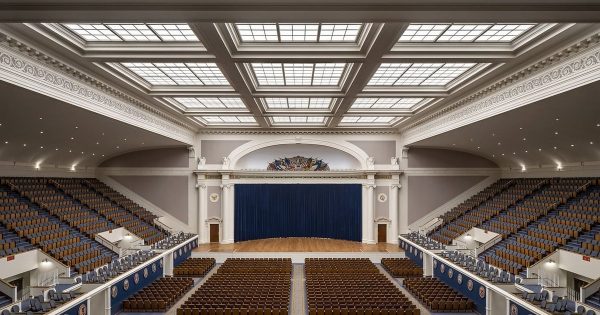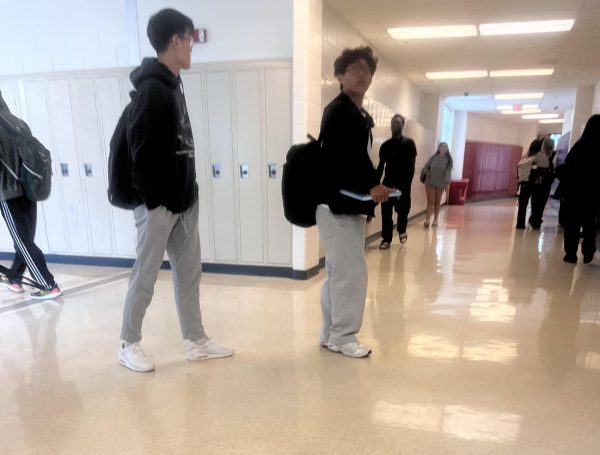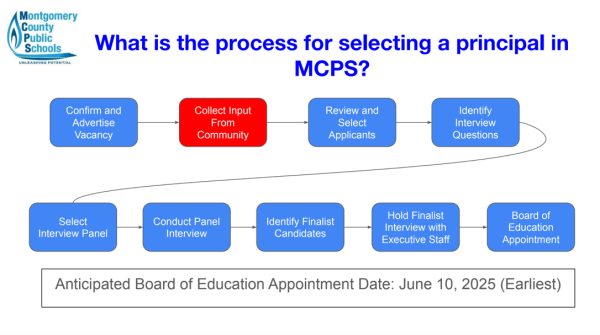Theatre solves challenge of bringing show to virtual environment
Lance Terrierre, as performed by Drew Sill, addresses a member of his radio show in Lead Rings on the Merry-Go-Round.
The theatre department’s Patriot Players presented Lead Rings on the Merry-Go-Round, the murder mystery they developed in a virtual environment as their winter show, live over Zoom on Mar. 12.
Julian Lazarus, the director of the production, with Keith Schwartz as musical director, allowed his theatre class to select the parameters for the play. Lazarus searched for a script that fit the students’ wish to have a comedic murder mystery, coming up with Lead Rings. According to Dramatic Publishing, this radio play requires “one simple set,” “fewer cast members,” as well as reduced wardrobe, staging and rehearsal, making for a convenient virtual video show.
Yet, the video format didn’t make the process any easier as cast members adjusted to the new style of rehearsal and performance. Working on the show since the end of October, the actors typically spent the weekly meetings rehearsing about five pages and, guided by the student directors’ notes, recorded themselves on the weekend. “It was difficult to adjust from always being on stage and constantly acting and reacting to having only half of the reactions because we only saw one person at a time,” student director Jayne Samborn said.
Commercial breaks interspersed the radio show, as well as jingles written by the participants. After the radio show’s introduction to the story of the notorious Lead Rings Murderer, during which, unbeknownst to the rest, a character dies, a jingle for Chiquita bananas featuring dancing and singing dispels the tension. Even though he previously used to regard advertisements as nuisances to skip, “working through this show has brought a new found respect for the mini productions that a commercial or an advertisement can be,” Schwartz said.
Before, during, and after the process of recording these segments, the crew had been working to build the show. Props built the microphones instrumental to the mystery while costumes member and co-stage manager Angie Tehrani held individual meetings with the actors to ensure their costume was cohesive to the overall show. “We attended Wednesday crew meetings to make sure everyone was moving along the timeline as we should be,” Tehrani said.
However, one crew member was responsible for bringing the whole show together, video editor Philip Zhao. With over 100GB of video footage downloaded to a hard drive, Zhao cut each and compiled it all together as well as adding sound effects on Vegas editing software, all eventually becoming the video show premiered on Mar. 12. “There were sets being added and needed to be inserted into the show, as well as different shots and sound effects that people were sending in left and right,” Zhao said.
The development of this show was a drastic change from the traditional in-person experience to both cast and crew. Although the virtual environment prevented them from replicating the performance rituals that defined their sense of community, they still enjoyed working with each other. “Similar to an in-person experience, theatre is still a collaborative art form. The students still came together as an ensemble to create something together as a team,” Lazarus said.
Your donation will support the student journalists of Thomas S. Wootton High School. Your contribution will allow us to purchase equipment and cover our annual website hosting costs.


